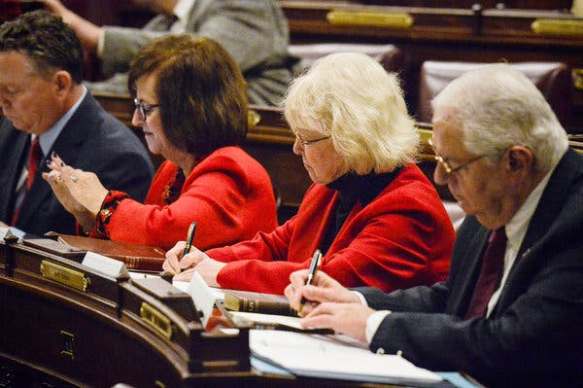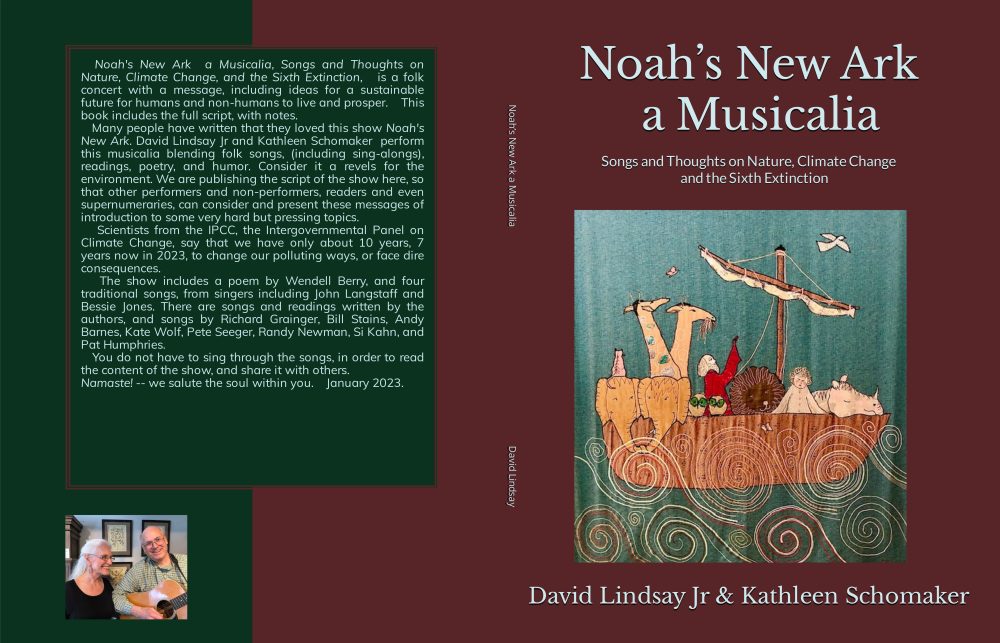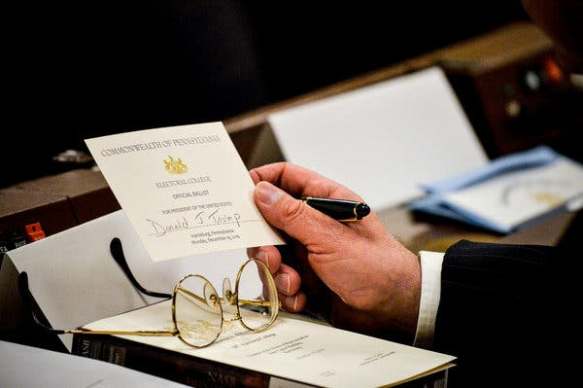“Donald Trump commands a remarkable level of support from virtually every elected official in his party and almost all voters likely to vote for his party. In this respect, he stands alone among presidents in modern history. The question arises: Why shouldn’t he try to hold that base, drive his approval rating high above 50 percent and win a big national victory in November 2020?
The answer is that in this century the Electoral College system strongly encourages candidates of both parties, and particularly any Republican candidate, to ignore the national popular vote. That’s especially true for President Trump: The system rewards him for focusing on a handful of states, located mostly in the Great Lakes region, with policies, promises and programs that may not resonate or even be consistent with the interests of all Americans.
To uncover statistical proof of this incentive, our nonprofit Making Every Vote Count built a model of the upcoming election based on the history of voting in previous elections in the modern era. Our conclusion is that even if the general population prefers the Democratic nominee by much more than was the case in 2016, Mr. Trump has almost a one-third chance of winning the Electoral College while ignoring the national vote but only about a one-fifth chance of winning the national popular vote as a route to winning the Electoral College.
With those odds, any rational strategist would tell Mr. Trump to campaign for victory in the swing states that hold the electors necessary to get to magic 270 number, even if the message, the visits and the focus might turn off voters in the rest of the country. This sort of campaign and this type of presidency might not be best for the economy or society as a whole. But it is the way to win.”


